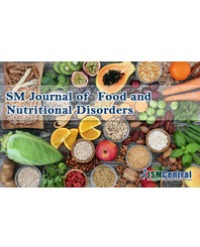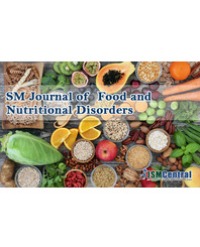
Transformation of the Physico-Chemical, Thermal, and Behavioral Properties of Tetrahydrocurcumin by means of the Consciousness Energy Healing Treatment
Tetrahydrocurcumin (THC) is a major metabolite of curcumin used as an antioxidant, anti-inflammatory, antiarthritic, anticancer, etc. The objective of this study was to evaluate the impact of the Trivedi Effect® - Biofield Energy Healing Treatment on the physicochemical, thermal, and behavioral properties of THC using sophisticated analytical techniques. The test sample was divided into two parts, one part of THC was considered as a control sample, while another part received the Biofield Energy Healing Treatment remotely by a famous Biofield Energy Healer, Mr. Mahendra Kumar Trivedi. The PXRD data showed that the THC was crystalline in nature. The relative peak intensities and crystallite sizes of the Biofield Energy Treated sample were significantly altered ranging from -17.76% to 17.20% and -26.68% to 326.39%, respectively compared to the control sample. However, the average crystallite size of the treated THC was decreased by 2.50% compared with the control sample. The particle size values of the treated sample were significantly decreased by 11.58% (d10), 14.41% (d50), 15.53% (d90), and 15.23% {D(4,3)} compared with the control sample. Thus, the surface area of the treated sample was significantly increased by 14.24% compared with the control sample. The melting point and latent heat of fusion were decreased by 0.40% and 0.70%, respectively, in the treated sample compared to the control sample. The weight loss and maximum thermal degradation temperature in the treated THC were decreased by 0.62% and 1.54%, respectively compared with the control sample. Overall, the thermal analysis indicated that the thermal stability of the Biofield Energy Treated THC was declined compared to the control sample. The Trivedi Effect® -Consciousness Energy Healing Treatment might lead to the production of a new polymorphic form of THC, which would be more soluble and bioavailable compared with the untreated THC. The Treated THC would be very useful to design more efficacious nutraceutical/pharmaceutical formulations against the inflammatory diseases, arthritis, cancer, diabetes, hepatotoxicity, nephrotoxicity, etc.
Mahendra Kumar Trivedi¹ and Snehasis Jana²*

